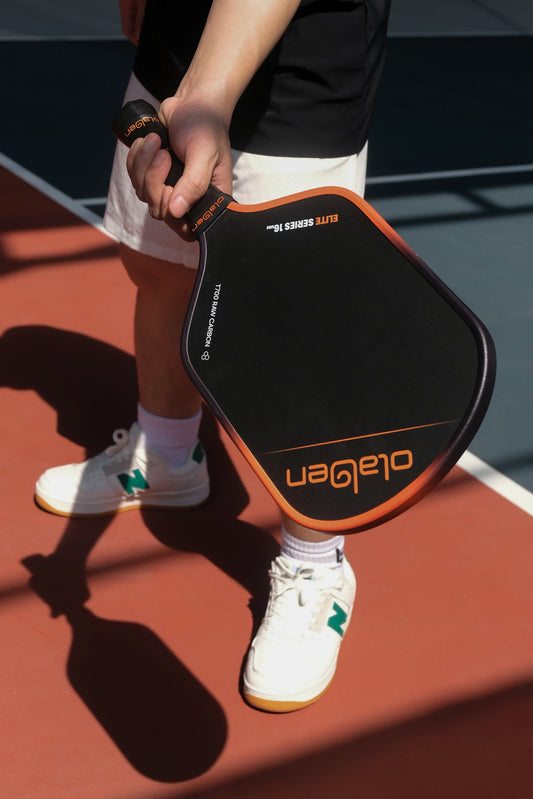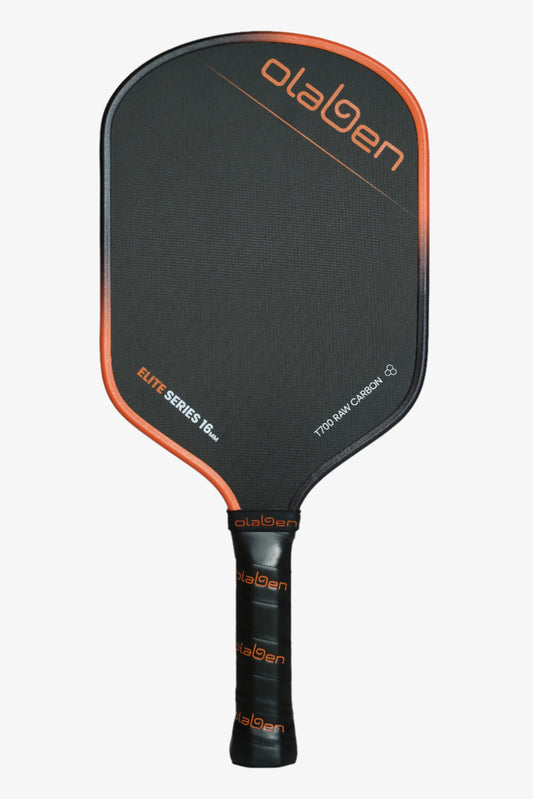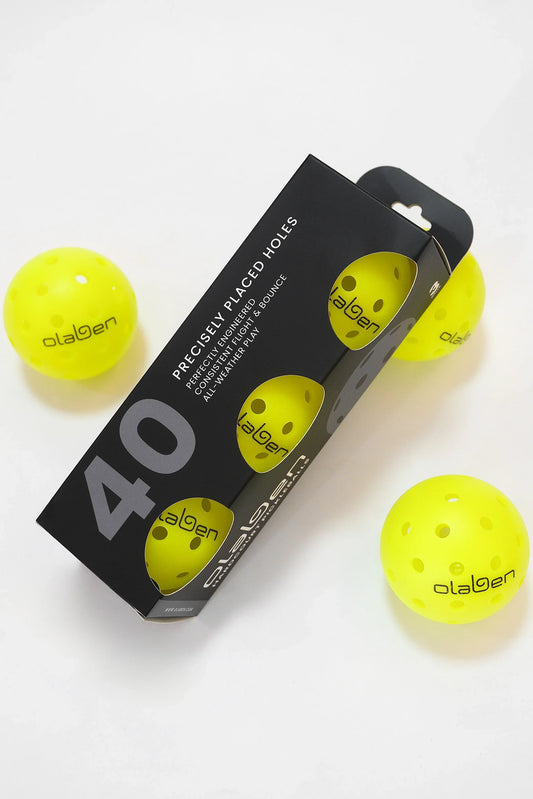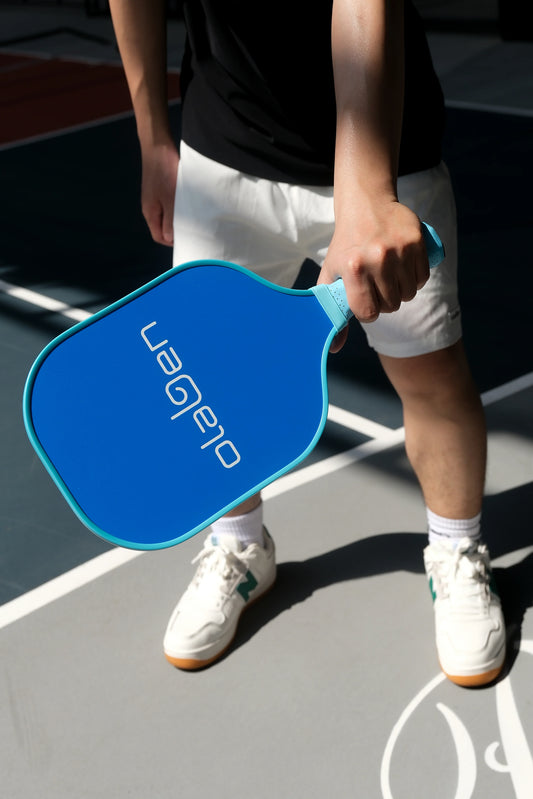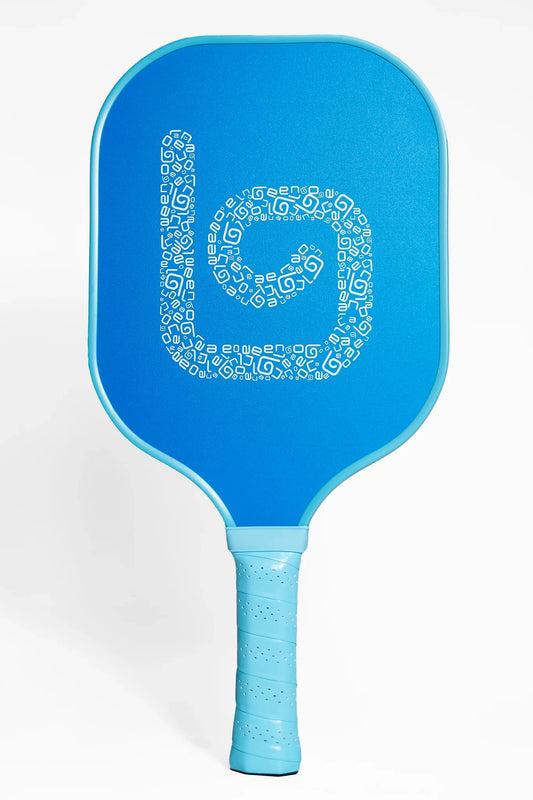Pickleball is no longer just a backyard pastime — it’s one of the fastest-growing sports in the world. Combining elements of tennis, badminton, and table tennis, this accessible and social game has captured the attention of millions across the U.S., U.K., and beyond. But how did pickleball start, and how did it become the professional sport we know today?
Let’s jump in with Olaben and explore the fascinating history of pickleball.
When and Where Was Pickleball Invented?
Pickleball was invented in the summer of 1965 on Bainbridge Island, Washington. Joel Pritchard, a congressman from Washington State, and his friend Bill Bell, a successful businessman, came home from a golf outing to find their families restless. With an old badminton court on the property but not enough rackets, they improvised with ping-pong paddles and a perforated plastic ball.
By the next weekend, their neighbor Barney McCallum joined in, helping refine both equipment and rules. The trio wanted a game that was fun, competitive, and suitable for the entire family. This backyard experiment became the foundation of pickleball.

The First Pickleball Courts and Early Growth
- 1967: The first permanent pickleball court was built in Pritchard’s neighbor Bob O’Brian’s backyard.
- 1972: A corporation was formed to protect the new sport.
- 1976: The first official pickleball tournament took place at the South Center Athletic Club in Tukwila, Washington. Many competitors were tennis players unfamiliar with the new rules.
By the late 1970s, media exposure through the National Observer and Tennis Magazine helped spread awareness. In 1984, the United States Amateur Pickleball Association (U.S.A.P.A.) was formed, publishing the first official rulebook and helping standardize play nationwide.
Why Is It Called Pickleball?
The origin of the name has long been debated.
- Joan Pritchard’s story: She said she named it after the “pickle boat” in crew racing, where leftover rowers from different teams competed together. This matched the sport’s mix of elements from tennis, badminton, and table tennis.
- The dog story: Some claimed the game was named after the Pritchards’ dog, Pickles, who would chase the ball. However, historical records confirm that the dog was acquired in 1968 — three years after the game was invented and named.
Most historians now agree that Joan Pritchard’s “pickle boat” explanation is the true origin.

Pickleball Goes Nationwide
By the 1990s, pickleball had spread across all 50 U.S. states. Equipment innovation also helped the sport grow:
- The first composite paddle was created by Boeing engineer Arlen Paranto in the 1980s using aerospace materials.
- By 1990, pickleball was no longer confined to backyards — it was being played in gyms, community centers, and retirement communities nationwide.
The launch of dedicated pickleball websites in the late 1990s and early 2000s made it easier for players to find courts and tournaments.
Pickleball on the Global Stage
- 2001: Pickleball debuted at the Arizona Senior Olympics.
- 2005: The USAPA was restructured and launched a national database of “Places to Play.”
- 2010: The International Federation of Pickleball (IFP) was founded to promote global expansion.
- 2015–2020: Membership exploded, tournaments grew in scale, and pickleball gained national TV coverage, including broadcasts on CBS Sports Network and ESPN.
By 2019, pickleball was officially recognized as a professional sport, with the launch of two tours: the APP (Association of Pickleball Professionals) and the PPA (Professional Pickleball Association). Major League Pickleball (MLP) followed in 2021, drawing investment from sports icons like LeBron James, Naomi Osaka, and Tom Brady.

Pickleball in the UK and Worldwide
While pickleball started in the U.S., it began making its way abroad in the early 2000s. In the UK, pickleball clubs first appeared around 2011. By 2023, the Lawn Tennis Association estimated 270 venues and over 7,000 players across Britain.
Globally, the sport is thriving, with established organizations in Canada, Europe, Asia, and Australia. The 2023 SFIA report counted over 8.9 million players in the U.S. alone, making pickleball the fastest-growing sport in America for three consecutive years.
Why Has Pickleball Become So Popular?
The rise of pickleball can be attributed to several factors:
- Easy to learn: Even beginners can start rallying within minutes.
- Low impact: The smaller court and lightweight paddle make it gentler on the joints compared to tennis.
- Social and fun: Doubles play fosters community, and many clubs emphasize a welcoming environment.
- Great exercise: A 30-minute game can burn up to 300 calories while improving agility and coordination.
These qualities make pickleball attractive to all ages, from schoolchildren to seniors.
The Future of Pickleball
From its humble 1965 backyard origins to global tournaments with millions in prize money, pickleball’s journey is nothing short of remarkable. With continuous growth in North America, the UK, and beyond, pickleball is no longer just a trend — it’s a sport here to stay.
Whether you’re a curious beginner or an aspiring pro, there has never been a better time to pick up a paddle and be part of pickleball history.





